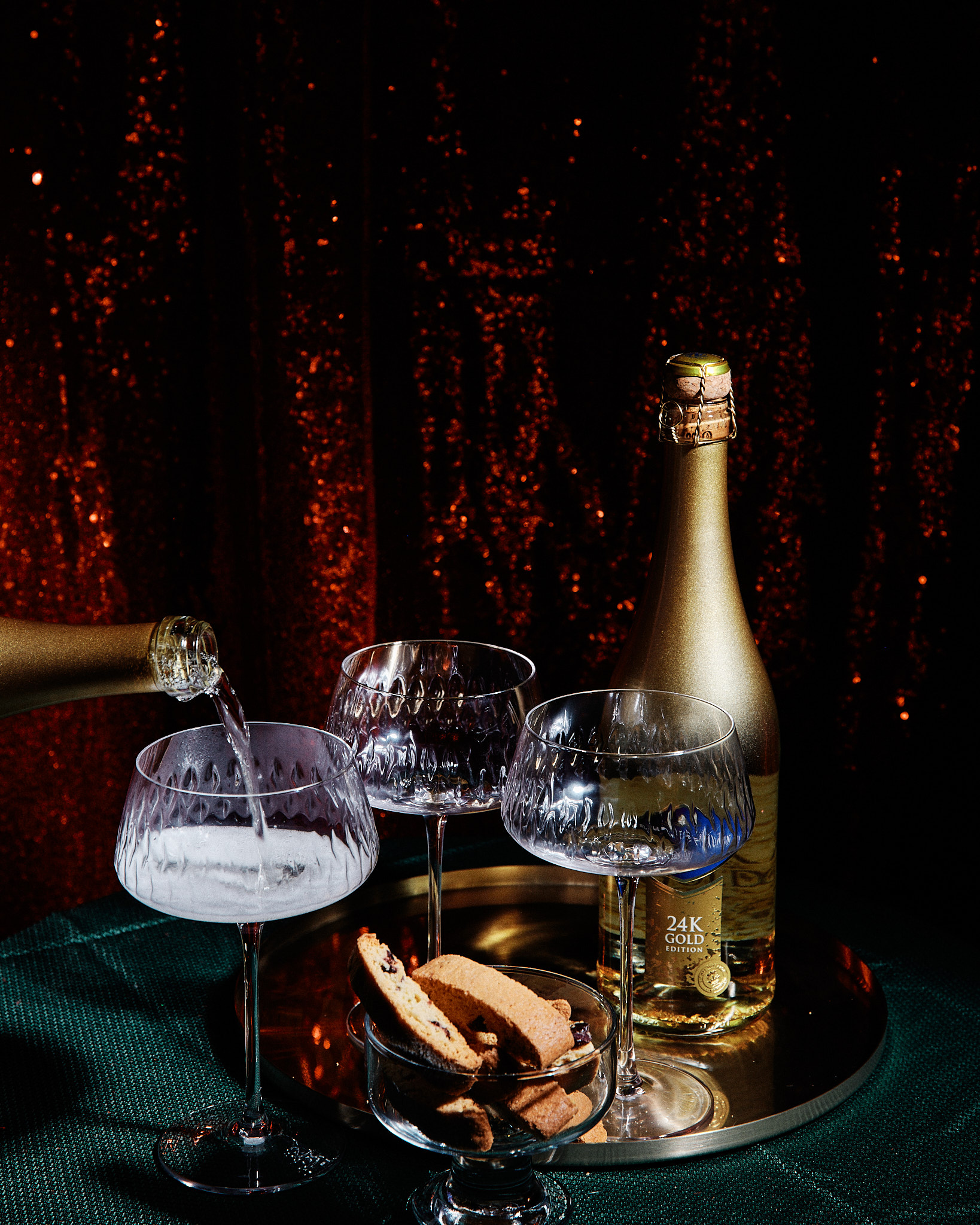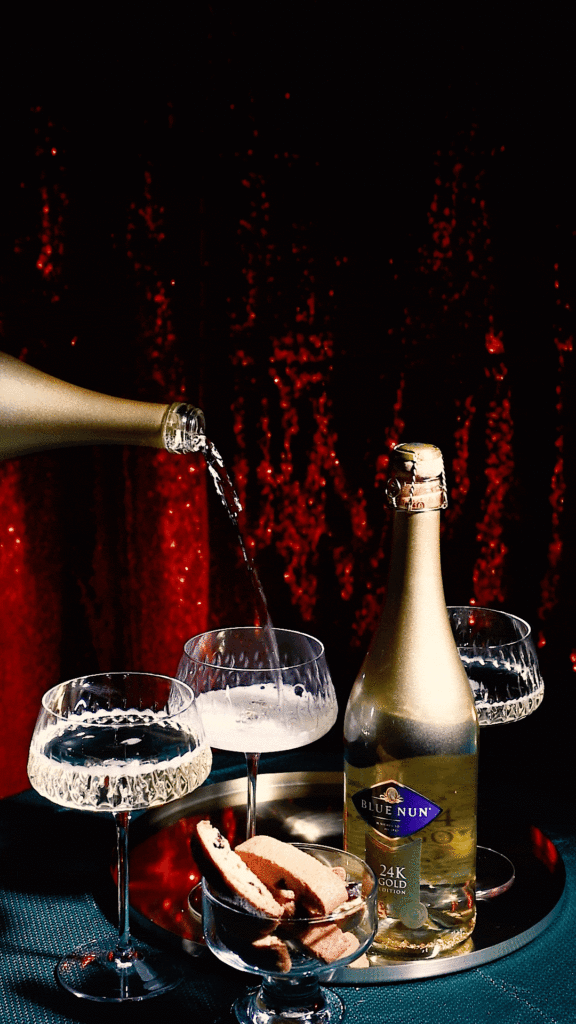
What Shooting with Continuous Lighting Taught Me About Food Mood
August 25, 2025

Most of my career has been built on strobes. They’re powerful, versatile, and great for creating dramatic light. My bread and butter. I know their quirks and how to coax the exact mood I want out of them. But lately, I’d been feeling that familiar creative itch. It started with seeing other photographers experiment by shooting with continuous lighting. I’d scroll through Instagram and spot these stunning food videos of smooth pours of sauce, cheese stretches that went on forever, and steam rising from a fresh pie all . Plus more and more brands were asking for both stills and video in the same shoot.
How LEDs Changed the Mood of My Food Shots
Here’s the thing about LEDs: they’re not magic. They won’t suddenly make your photos better just because they’re continuous. But they do give you a level of flexibility that changes the way you shoot.
LED simply means the light stays on. Just a steady beam you can shape, soften, or intensify using the same modifiers you’d use with strobes. Softboxes, grids, diffusion panels—they all work.
That steadiness matters. With strobes, you see the result after the flash. With LEDs, you see the light and shadows exactly as they’ll appear in your final image before you press the shutter. That real-time feedback makes it easier to adjust the mood on the fly. Want to make that burger look a little moodier? Pull the light in closer and watch the shadows deepen. Need to brighten the background without blowing out the highlights on the subject? Adjust and see the change instantly.
Why Light Is About More Than Exposure
People often think of lighting as just a technical factor: enough brightness to get a clean exposure. But light is storytelling. It’s mood. It’s the emotional hook that pulls someone into your photo.
With LEDs, I found myself playing more. I moved the light mid-shoot to see how it changed the personality of the dish, shifting from bright and airy to dark and moody in seconds. I even experimented with colored gels to create unexpected atmospheres—warm amber for coziness, cool blues for sleek, modern vibes.
This is the part I love most: the ability to “read the room” in real time and adapt. With continuous light, you can react to the way the food looks as it sits, wilts, melts, or glistens. You’re not locked into the setup you started with.
Closing Thoughts
Experimenting with continuous LED lighting has expanded my creative toolkit in unexpected ways. Shooting with continuous lighting lets me play with exposure, atmosphere, and feeling, finding the thing that turns a “nice shot” into an image that makes someone hungry, nostalgic, or ready to book a table.
So, if you want to capture some video of your brand, maybe now’s the time. Let’s talk about what they can do for your vision. Because sometimes, the right light changes more than your photos. It changes the way you see.
Continue Reading
back to blog home